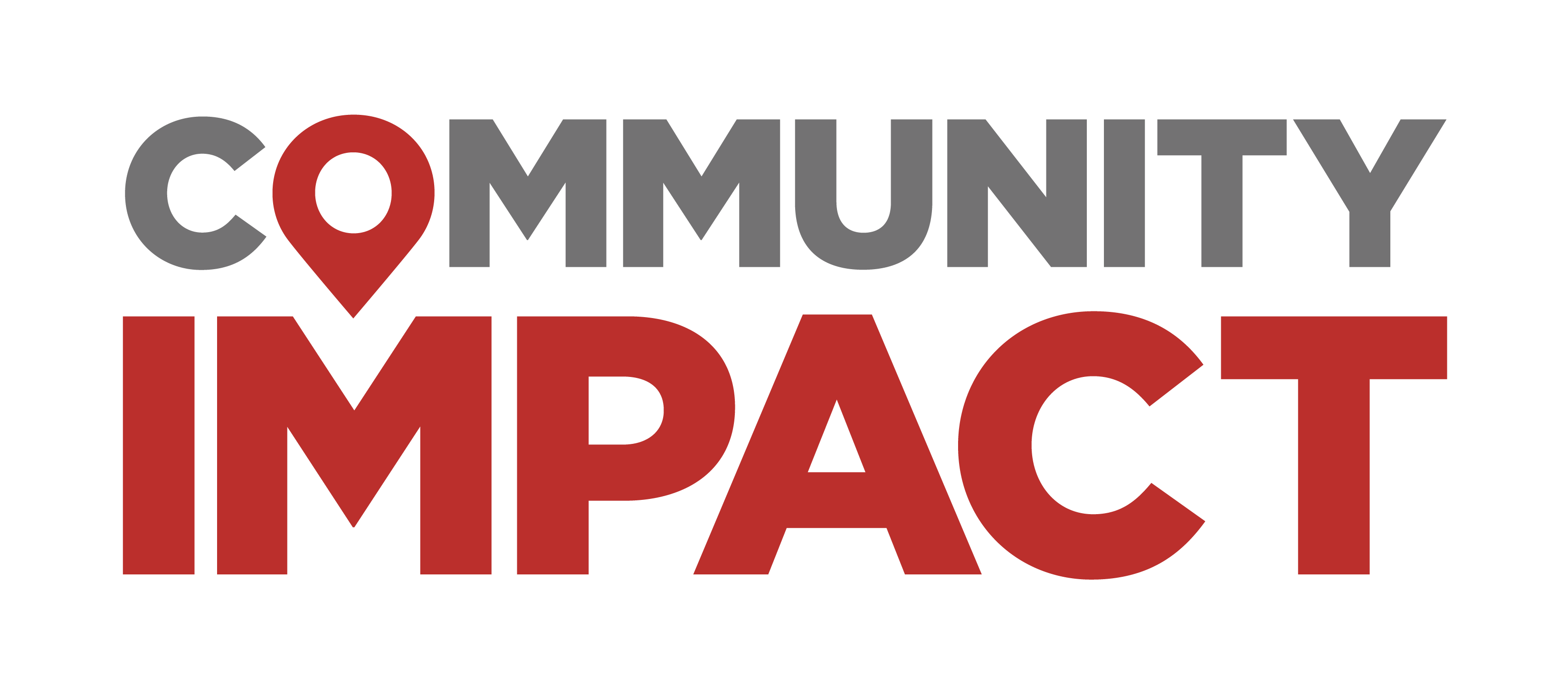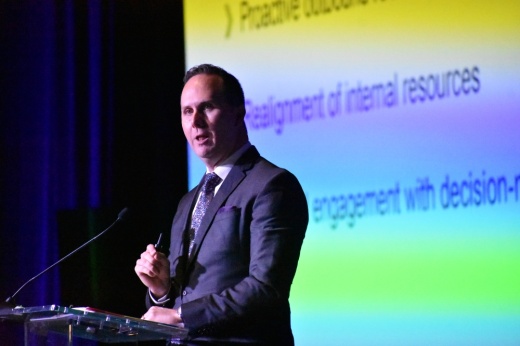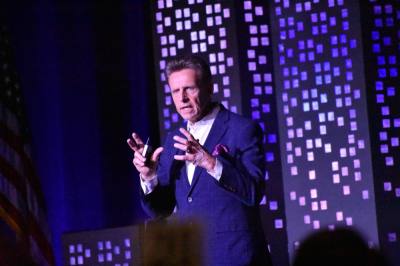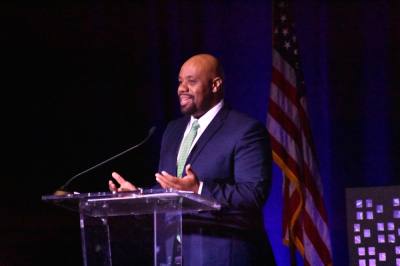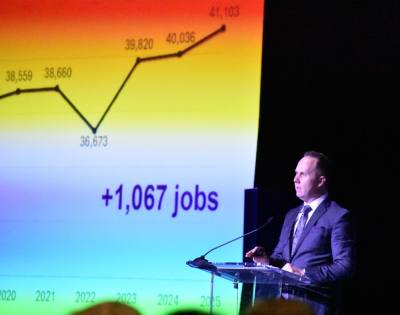This includes adding 1,067 jobs among major nonretail employers with 100 or more local employees since last year, continuing a pattern of growth that has continued since the region saw a dip in 2022 after challenges due to COVID-19.Among the statistics presented in the report, the area’s five largest nonretail major employers with 100 or more employees were nearly the same as last year, with Lone Star College taking the No. 5 place and Texas Children’s moving out of the top five to No. 6.
The top five include:
- Conroe ISD
- Memorial Hermann The Woodlands Medical Center
- Houston Methodist The Woodlands Hospital
- St. Luke’s Health
- Lone Star College
However, he said the EDP focuses mainly on recruiting in other sectors and industries.
“Health care and education naturally follow; for continued growth, we need to continue attracting companies and sectors like energy, chemicals, manufacturing and life sciences,” Gibb said.
The full story
Gibb marked his debut presenting the EDP’s annual report, taking over from the recently retired Gil Staley, who was also in attendance at The Woodlands Waterway Marriott Hotel & Convention Center. The Woodlands Area Chamber of Commerce's event is presented by Entergy and about 40 sponsors.
In addition to presenting statistics on growth and change among local industries and major employers, Gibb announced a project with Newmark, a site-selecting company.
“We’re going to partner with them to refine how the EDP targets companies who we target, and to align our team and resources to maximize success.”
On the heels of The Woodlands’ 50th anniversary last year, Gibb said he hopes to see the collaboration create “the kind of progress that will make the next 50 years as special as the last 50.”
While the area is mostly built out for residential development, he said commercial development and vertical growth remains an option.
"We can go vertical with big new headquarters in sectors like energy in Hughes Landing and around the lake; we can bring in a mix of companies at lower heights."
A closer look
The number of major nonretail employers has dropped from 86 in 2023 to 85 in 2024 and this year it is 84, according to the report. However, the total number of employers has grown to 41,103, or about 2.67% growth since 2024. Ten years ago, in 2015, the workforce was just over 30,000, according to the EDP.
Health care has grown from 28% of the workforce in The Woodlands area to 32.6% of the workforce as of 2025. Energy has seen about a 2% drop, from 11.2% to 9% of the workforce, while education grew from 18.1% to 19%.
Overall Texas job growth forecast is projected at 1.6%, according to Jesse B. Thompson, senior business economist with the Federal Reserve Bank of Dallas, who also spoke at the event.Another viewpoint
EOC keynote speaker Nicholas Webb, CEO of LeaderLogic, a management consulting firm, discussed change and innovation and emphasized the need for customer experience, including in health care—the industry which had led The Woodlands' major employers since 2020.
“We need to have product quality and product innovation ... but today, when you overlay the [customer experience] dynamic, this is where success lives,” Webb said.
Webb also emphasized to business owners the need to use AI strategically to reduce costs and improve the human experience.
"What I want you to focus on over the next three to five years is, please consider the fact that this is really cooperative, or collaborative intelligence ... [it is] using the machine to do lame machine stuff, so that we can go back to delivering beautiful human stuff, the real intelligence."
Major takeaways
Gibb said while life sciences comprise only 0.3% of major employers as of the 2025 report, it is a sector to watch in the coming years.
"I'll remind you that this survey was tracking major employers characterized as having 100 or more employees," Gibb said. "Life science companies can often be 10 to 50 employees, and while that's small, it comes with high-paying jobs and massive capital investments. Those two things combined to provide an outsized positive impact on the community."

